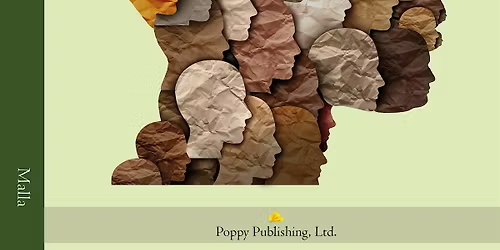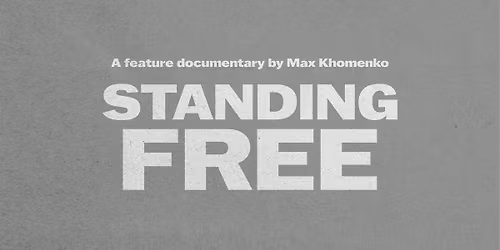
About this Event
Workshop Overview
This November workshop spotlights classification, how computers sort information into groups so they can make sense of the world. We’ll start from what learners already do naturally: noticing patterns and naming things. Beginners handle tangible sorting challenges (fruits, animals, shapes) and convert their human logic into code using clear features (colour, size, edges), explicit rules (if/then), and simple labels (“mammal,” “triangle,” “spam”). Using a repeatable cycle, See → Name → Rule → Test → Improve—they’ll test their rules on examples, measure what works, and refine until their mini-classifier gives reliable results, building confidence and clear reasoning along the way.
Advanced learners push further with decision trees and probability-style choices, comparing different splits, setting thresholds, and weighing trade-offs (catch more spam vs. avoid false alarms). Short, hands-on labs connect classroom logic to real systems like spam filters, recommendation engines, and safety checks, while quick ethics prompts introduce bias, fairness, and why humans stay in the loop. By the end, beginners ship a small program or flowchart that turns inputs into labels with an explanation; advanced learners deliver a mini decision-tree classifier plus a brief results note on accuracy and improvements.
Beginner Track: Grouping and classifying data into categories
Materials Required
- Student PowerPoint
Beginner Track Learning Outcomes
- Identify common examples of AI in everyday life: Spot voice assistants, spam filters, and photo tagging as classification in action.
- Understand how AI systems assist humans: Explain where automation helps, and where humans stay in the loop.
- Engage in hands-on chatbot or AI bot activities: Try prompt/response tasks that reveal how models “choose” categories.
- Practice critical thinking about ethical AI applications: Discuss bias, privacy, and fairness with simple, relatable scenarios.
- Explore how AI continues to evolve in society: Connect classroom activities to current uses in schools, health, and work.
Advanced Path - Decision Trees and Smarter Classification
Advanced learners extend fundamentals into structured decision-making: crafting decision trees, testing thresholds, and comparing rule-based vs. probability-based choices.
Materials Required
- Student PowerPoint
Advanced Path Learning Outcomes
- Understand Decision Trees: Design branching logic (yes/no questions) that narrows to a confident class.
- Work with Structured Data: Identify features, encode them cleanly, and classify items with multiple attributes.
- Compare Accuracy: Run small tests, track correct vs. incorrect labels, and discuss precision/recall trade-offs.
- Build a Mini Project: Implement a decision-tree classifier (e.g., survey responses → persona group or animal traits → species class), then tune rules to boost accuracy and explain the results.
If you’re unsure who your Chapter Leader is, please contact to get connected and learn how you can support your local team.
For further questions you may have on the day of the workshop, please reach out to [email protected]
Register Now, Space Is Limited!

Event Venue & Nearby Stays
Centre for Digital Media, 685 Great Northern Way, Vancouver, Canada
CAD 0.00












